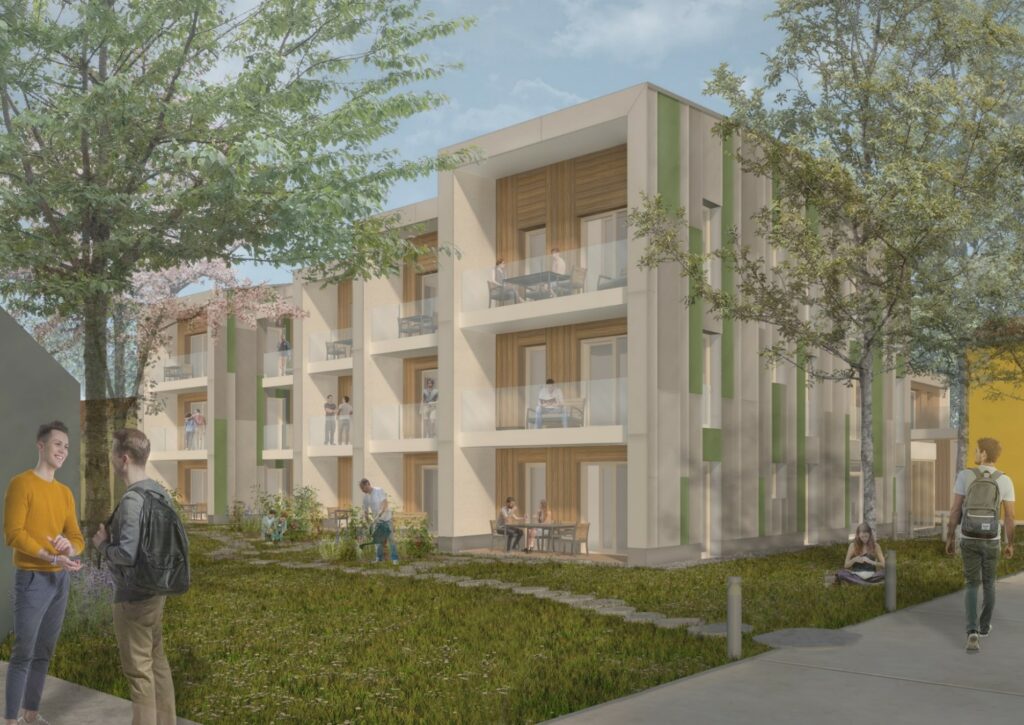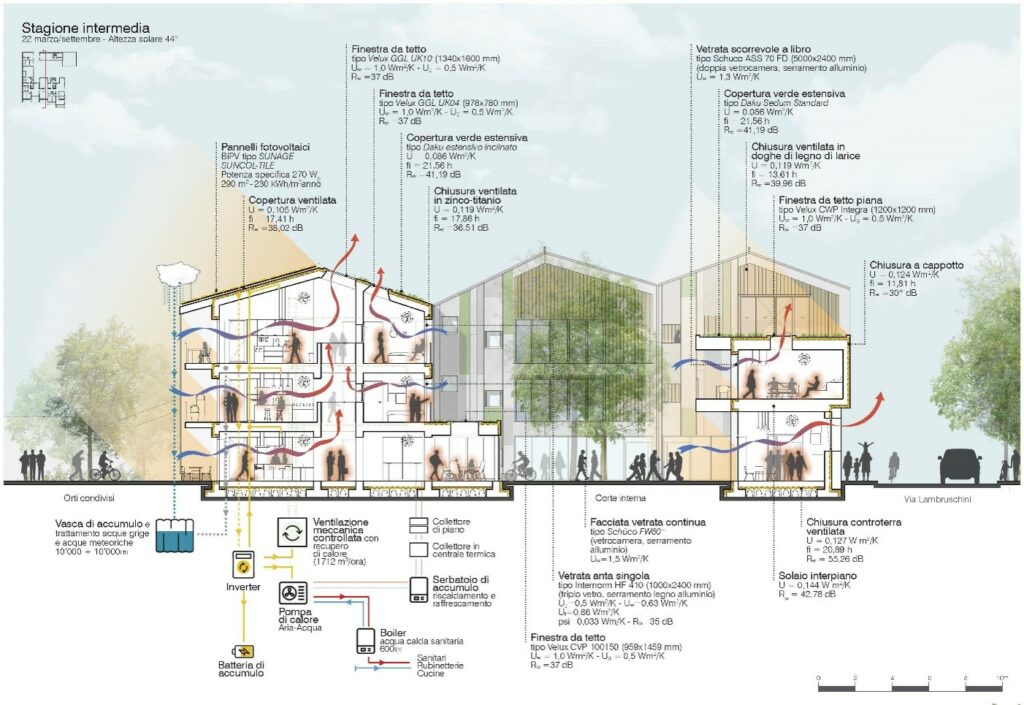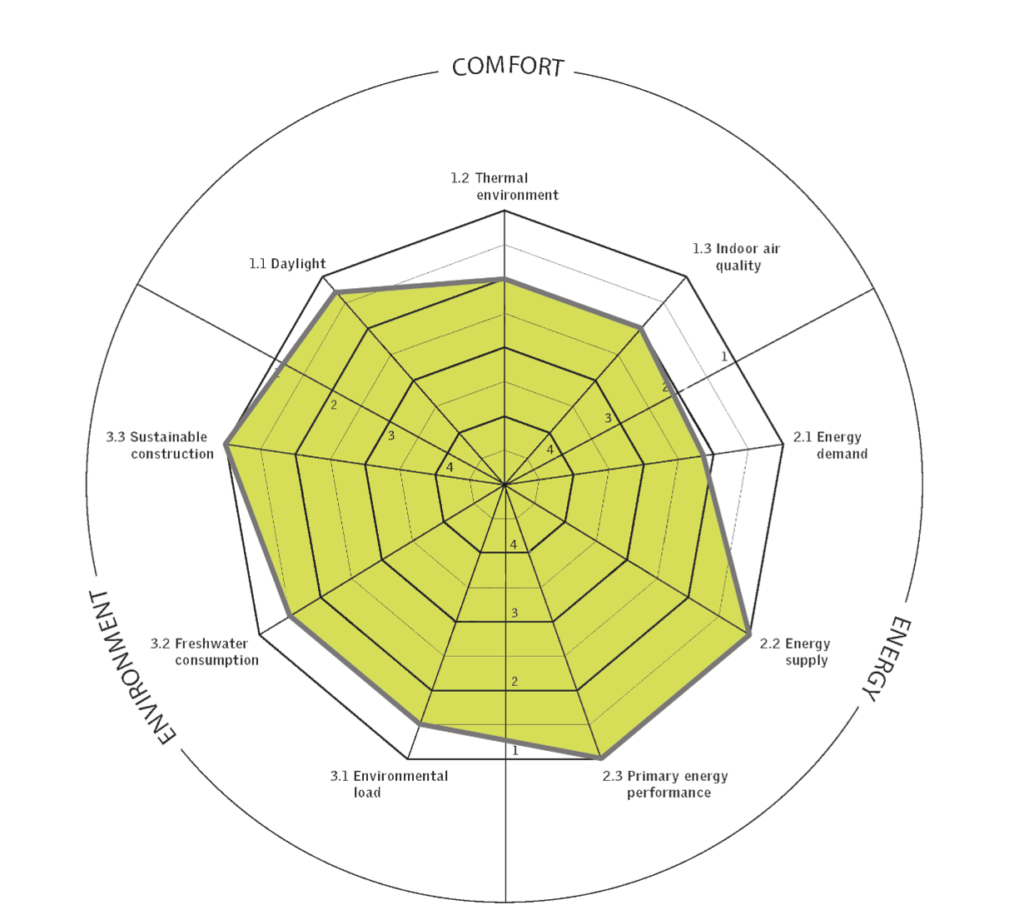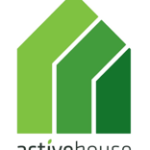CO.Hortus
Location: Via Lambruschini 25, Milano, Italy
Via Lambruschini 25, Milano, Italy
Owner/investor: –
Architects: Arrigoni, G. Beer, M. Carzaniga, S. Galbusera
Project type: Cohousing

Design parameters: Comfort
- Concerning daylight, openings in walls and ceilings have been conceived in order to ensure a daylight level way beyond the minimum value (2%). Values range between 3% (darkest bedrooms) and 7% (brightest living room), reaching peaks of 8÷12% when referred to shared spaces. These values were made possible specifically by using roof windows and multiple openings for each room, phenomena controlled and verified thanks to Velux Daylight Visualizer tool.
- In order to avoid the risk of overheating, openings have been -through passive design strategies- shaded in different ways according to their geographical orientation. This way makes controlling operative temperatures inside each room (and according to its destination of use) possible.
- Natural ventilation takes advantage of cross ventilation between different rooms, made possible by opening position and building rotation, exactly aligned with the direction of winds in Milan. Non-aided ventilation is also triggered by double heights with above roof windows (chimney effect). Most windows, then, can be manually and completely opened, allowing users to choose their own setting, thus helping keeping CO2 level low.

Design parameters: Energy
- Openings were placed when useful for daylight reasons and properly shaded where needed. Balconies on southern facades, whose overhang has been designed according to local solar height; windows along the inner surface of walls, mobile louvred shading and trees by eastern and western elevations). Elsewhere, opaque and properly-insulated building elements such as walls (U= 0,12 W/m2K) and green roofs (U=0,09 W/m2K) were used. Building systems such as heat pumps and controlled mechanical HVAC feature high efficiency values.
- The widespread use of building-integrated PV on all south facing roof pitches (north facing ones are covered with green roof systems) has granted the energy supply needed to cover the demand asked by the building, while allowing the highest architectural integration in terms of color, shape and laying.


Design parameters: Environment
- Timber has been chosen as main material, both for the whole bearing structure (cross laminated timber) and for part of the finishes (mass larch wood), considering its many advantages concerning -among other aspects- sustainability (ensured by PEFC certification). For the same reason, insulating elements are made of rock wool instead of other traditional insulation materials. Zinc-titanium has been chosen for claddings, where not made of wood ventilated and from-rain-protected structures, because of its durability: this avoids frequent mainteinance surface treatments and ensures an architectural appearance distinguishing and stable in color over time.
- Underground storage tanks for rainwater collection provide clean(ed) water to be used for households (sink, toilets and other sanitary facilities) and urban gardens.
RADAR



